Sunflower Plant Lifespan: How Long Do Sunflowers Live?
With the bloom time for sunflowers around 2 weeks, Annual sunflower plants survive for one season and perennials do more.
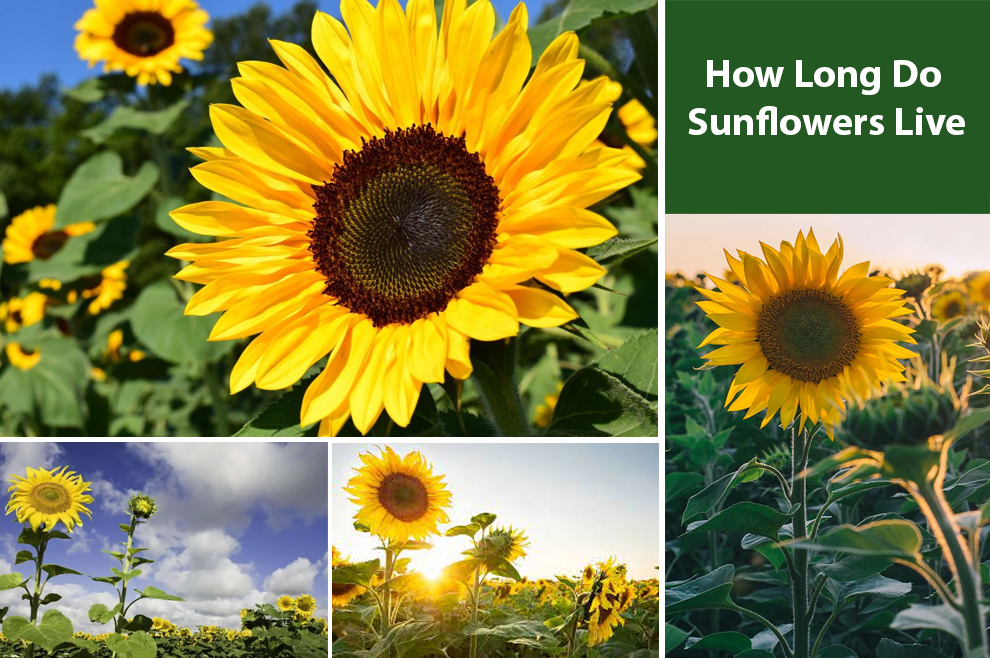
Sunflowers (Helianthus annuus) are vibrant and iconic plants known for their tall stalks and striking blooms. The lifespan of a sunflower plant can vary based on environmental factors, sunflower variety, and growing conditions.
Knowing how long do sunflowers live can help you decide your planting schedule, meet their care needs, and maintain your garden aesthetics.
Generally, sunflower plants have a lifespan of a few months to a full year. Perennial varieties do stay for more than one season too. However, the Sunflowers stay blooming for about 2 weeks.
They start their journey as a seed, germinating and developing into a seedling. From there, they enter the vegetative stage, focusing on leaf and stem growth to establish a sturdy foundation.
As sunflowers mature, they transition into the reproductive stage. This is when their iconic flower buds emerge and gradually unfurl to reveal magnificent blooms.
The duration of sunflower blooms varies but typically lasts for a few weeks. Each bloom may last for several days to a week, showcasing its vibrant colors before eventually withering.
After the flowering stage, sunflowers enter the seed development phase. The petals fade and fall off, leaving behind seed heads that continue to mature. The seeds within the head grow and ripen, transforming into a rich source of nutrition and future growth potential.
In this guide, let’s look at the different stages of sunflower lifespan in detail:
Sunflowers Lifespan Based on Type
The lifespan of a sunflower plant depends on several factors, including the variety of sunflowers, growing conditions, and growing practices.
A. Annual variety
The lifespan of annual sunflowers, which are the most common variety, typically ranges from 80 to 120 days. This timeline includes the entire life cycle of the plant, starting from germination to flowering and seed production.
As annual plants, sunflowers complete their life cycle within a single year and do not survive through winter. They typically grow, flower, produce seeds, and eventually die off as the weather turns colder.
B. Perennial variety
Perennial sunflowers, unlike annual varieties, can survive for multiple years under the right conditions. On average, perennial sunflowers can live anywhere from 3 to 10 years or more.
With proper sunflower care and maintenance, including adequate watering, use of fertilizers, and protection from pests and diseases, perennial sunflowers can continue to bloom and produce seeds over several growing seasons.
However, it’s important to note that the lifespan of perennial sunflowers can be influenced by climate, soil conditions, and other environmental factors, and individual plants may have variations in their longevity.
C. Dwarf sunflower lifespan
Dwarf sunflowers, which are smaller varieties of sunflowers, typically have a similar lifespan to their standard-sized counterparts.
As annual plants, dwarf sunflowers complete their life cycle within a single growing season. From the time of planting to the production of mature flowers and seed development, the lifespan of dwarf sunflowers generally ranges from 80 to 120 days.
After this period, the plants will naturally start to decline and eventually die off.
However, it’s important to note that specific dwarf sunflower varieties may have slight variations in their growth and lifespan. So, it’s always a good idea to refer to the specific information provided by the seed supplier or breeder for more accurate details.
How Long Do Sunflowers Live After They Bloom?
After sunflowers bloom, their lifespan can vary depending on factors such as weather conditions, care, and the specific variety of sunflowers.
On average, once a sunflower has reached its full bloom, it can last anywhere from a week to a few weeks. During this time, the flower will gradually start to fade, petals may wilt, and the center disc may dry out and turn brown.
The lifespan of sunflowers as a cut flower is typically shorter around 7 days than when left on the plant.
With proper care, such as keeping them in a cool location, changing the water regularly, and removing any wilted petals, you can extend their vase life.
Sunflower Plant Lifespan Stages
The lifespan of a sunflower can be divided into several distinct stages:
A. Seed germination
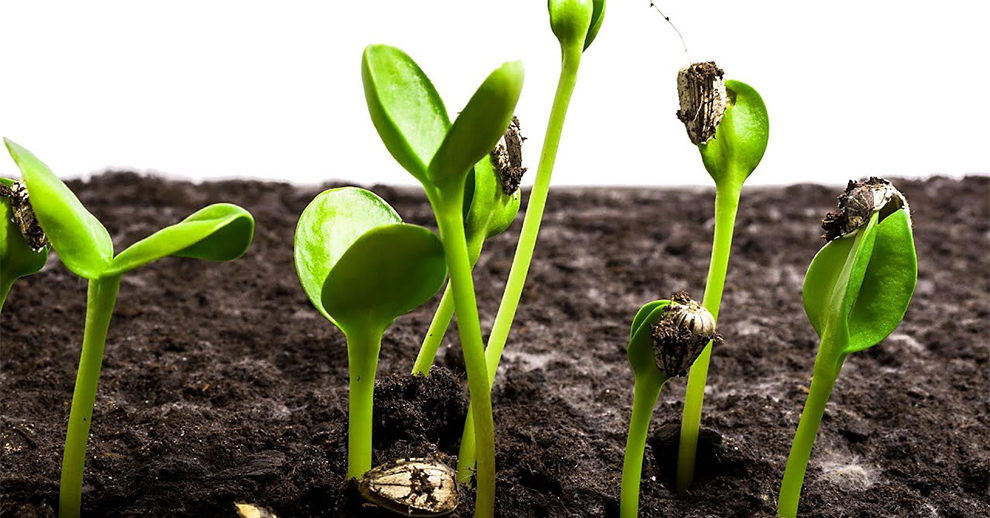
For sunflowers grown in pots or ground, the germination stage is the initial phase in the life cycle of a sunflower plant. It refers to the process by which a sunflower seed starts to grow and develop into a seedling.
This stage typically occurs within a few days after sowing the sunflower seed.
The duration of germination can vary depending on factors such as seed quality, temperature, and moisture availability, but it usually takes around 5 to 10 days for sunflower seeds to germinate.
B. Seedling

The seedling stage is an early phase in the life cycle of a sunflower plant. It begins after the germination of the sunflower seed when the root (radicle) emerges, and the shoot starts to grow.
On average, the seedling stage of a sunflower plant typically lasts for about 2 to 3 weeks.
C. Vegetative stage
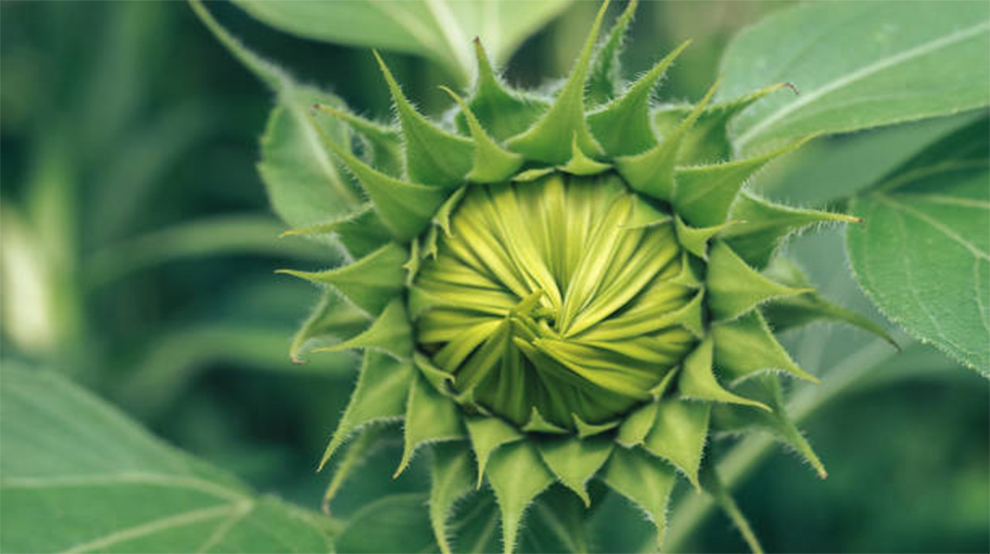
During this stage, the sunflower plant focuses on leaf and stem development. The seedling grows leaves and establishes a strong root system.
The plant continues to grow taller and develops more leaves, preparing for the flowering stage. On average, the vegetative stage of a sunflower plant lasts approximately 4 to 6 weeks.
D. Pre-Flowering
As the sunflower plant matures, it enters the pre-flowering stage. This is characterized by the formation of a flower bud at the top of the plant. The bud gradually grows and becomes larger, while the stem continues to elongate.
E. Flower and bloom duration
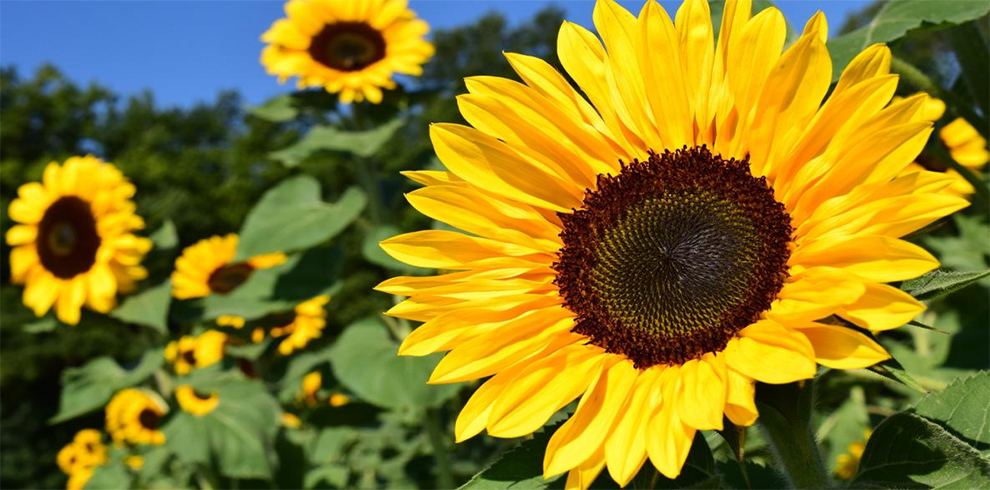
This is the most visually stunning stage of the sunflower’s lifespan. The bud fully opens, revealing the vibrant yellow petals that surround the central disc.
This is when the sunflower is in full bloom, attracting pollinators to aid in the fertilization process. The flowers typically face the sun, tracking its movement throughout the day.
The flowering period of sunflowers typically lasts for a few weeks. Each sunflower bloom typically lasts for a few days to a week, with the exact duration depending on environmental factors and the health of the flower.
F. Wilting
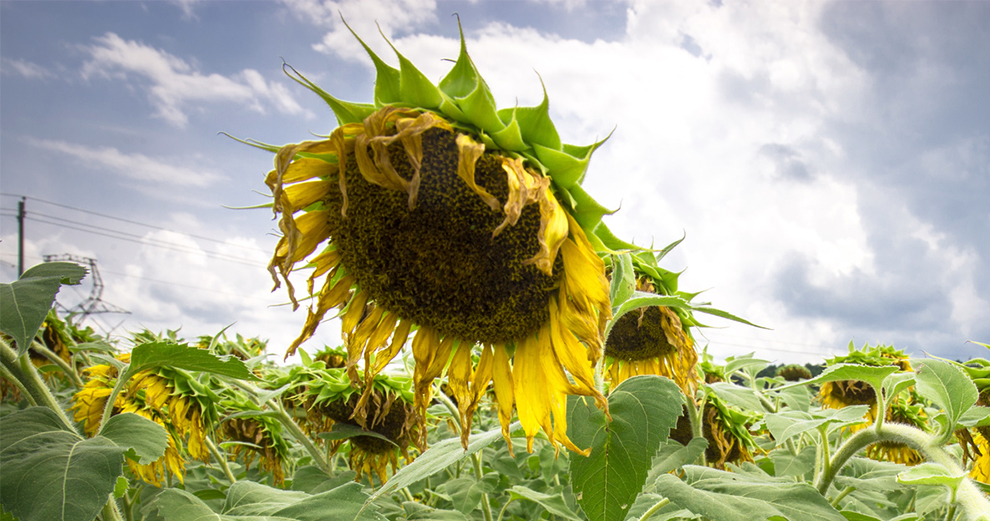
If you are wondering how long can a sunflower live, as the seeds reach maturity and the plant starts to decline. Know that the wilting stage of a sunflower occurs as the plant’s growth cycle comes to an end.
During this stage, the sunflower begins to show signs of aging, with its leaves and petals starting to droop and wilt. This stage is crucial for harvesting seeds for consumption or future planting.
Typically, the wilting stage lasts for several days to a week or more, after which the sunflower plant will complete its life cycle and die.
G. Seed Harvest
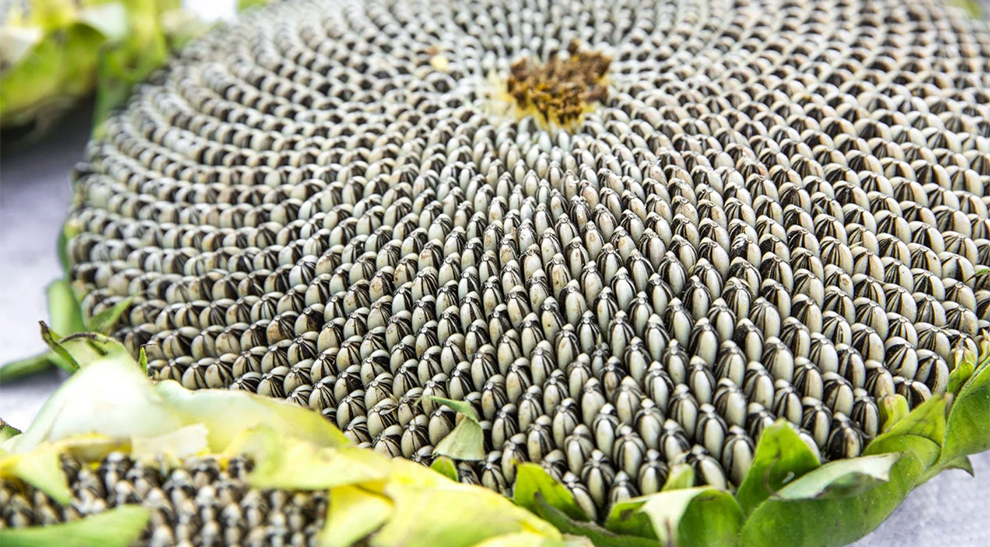
The seed harvest stage of a sunflower plant occurs when the seeds have fully developed and are ready for harvest. The seed harvest stage is crucial for collecting seeds for consumption, replanting, or sharing with others.
Proper timing and care during the harvest stage ensure that the seeds are mature and viable for future use.
These stages represent a generalized progression of a sunflower’s lifespan, but it’s important to note that the exact timing and duration of each stage can vary depending on the specific variety of sunflower and growing conditions including their environment.
Factors Affecting Sunflower Plant Lifespan
The lifespan of sunflowers is affected by various factors, including:
- Genetics: Different varieties of sunflowers have varying lifespans. Some sunflowers are annuals, meaning they complete their life cycle within a single year, while others are perennials and can survive for several years.
- Temperature: Sunflowers thrive in warm temperatures and can be damaged or killed by frost. Extreme heat can also cause sunflowers to wilt and die prematurely.
- Soil quality: Sunflowers require well-draining soil with a pH level between 6.0 and 7.5. Poor soil quality can lead to stunted growth and reduced lifespan.
- Watering: Sunflowers need regular watering, especially during the early stages of growth. Overwatering or underwatering can cause stress to the plant and reduce its lifespan.
- Sunlight: As the name suggests, sunflowers require a lot of sunlight to grow and produce flowers. A lack of sunlight can cause stunted growth and reduce sunflower’s lifespan.
- Pests and diseases: Sunflowers are vulnerable to a variety of pests and diseases, including aphids, caterpillars, and fungal infections. Infestations can damage the plant and reduce its lifespan.
- Human intervention and agricultural practices: Proper irrigation, nutrient management, and pest control can enhance sunflower growth and prolong its lifespan.
On the other hand, excessive use of chemical fertilizers, pesticides, and herbicides can harm sunflowers. Improper land management practices can also negatively impact the health and longevity of sunflowers.
Additionally, the use of genetically modified varieties or hybrid seeds, while increasing crop yield, may affect the natural lifespan of sunflowers.
Related: How to grow sunflowers?
More Sunflower Information and FAQs
1. Do sunflowers stay alive all year round?
Sunflowers are an annual plant, meaning they complete their life cycle within a single year.
They will grow from seed, produce flowers, and then die off with the arrival of cold weather. However, some perennial varieties of sunflowers exist that can survive for several years under the right conditions.
2. How long do sunflower plants live when cut?
When cut, sunflowers can last up to a week or more with proper care. To extend their vase life, keep them in a cool location away from direct sunlight and change the water every day or two. You can also add flower food to the water to help them stay fresh longer.
3. Do sunflowers grow back every year?
Sunflowers can grow back every year, but it depends on the variety and growing conditions. If you plant annual sunflowers, you will need to sow new seeds every year.
Perennial sunflowers can come back year after year if they are well cared for. Keep in mind that even perennial sunflower’s lifespan can be affected by variations in climatic conditions.
4. Do sunflowers keep growing after flowering?
Once sunflowers have finished flowering, they will eventually stop growing and begin to wilt and die off. However, if you leave the flowers on the plant, they will produce seeds that can be harvested and used for next year’s crop.
Some sunflower varieties may continue to grow taller even after flowering, but they will not produce more blooms.
